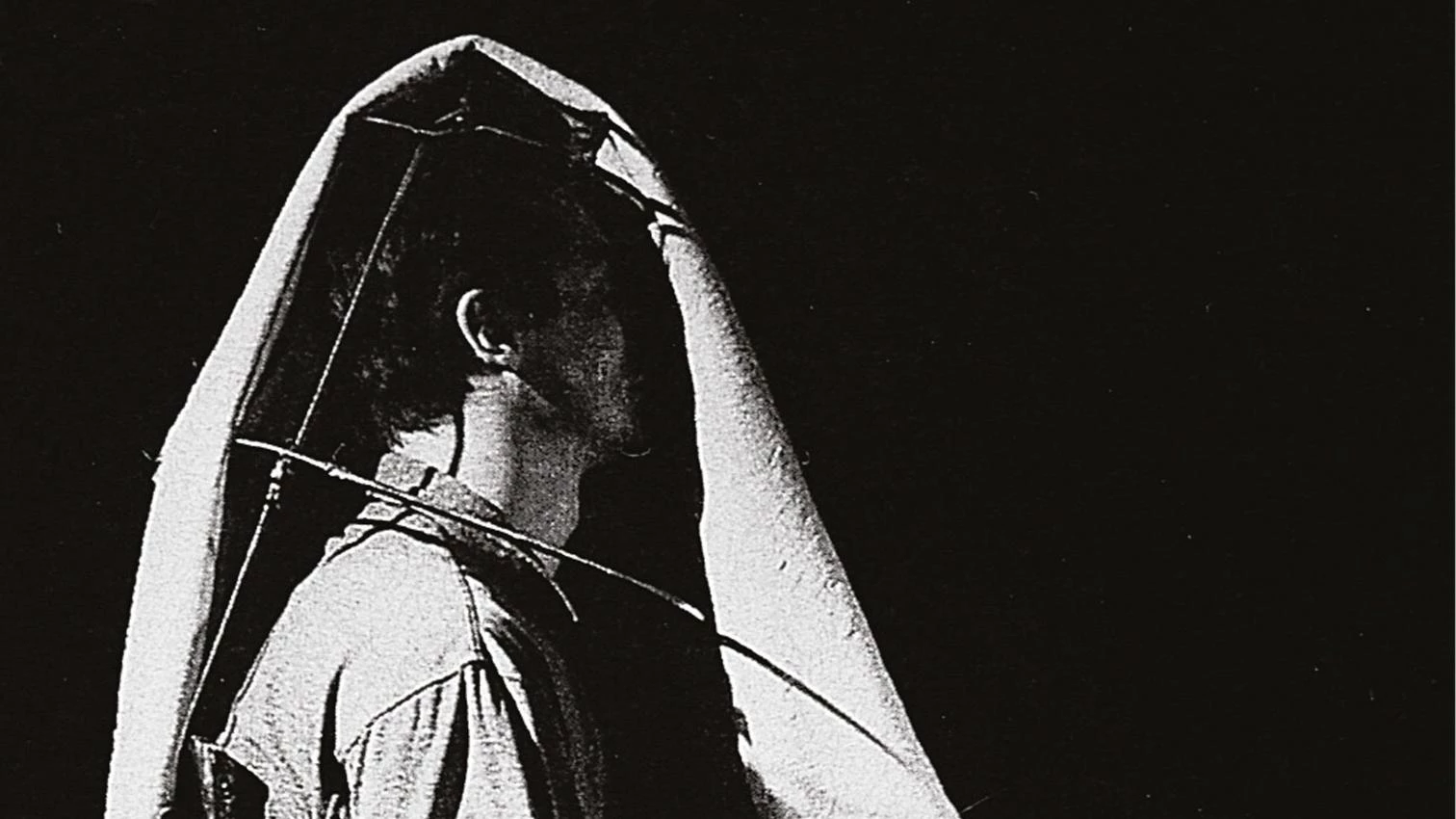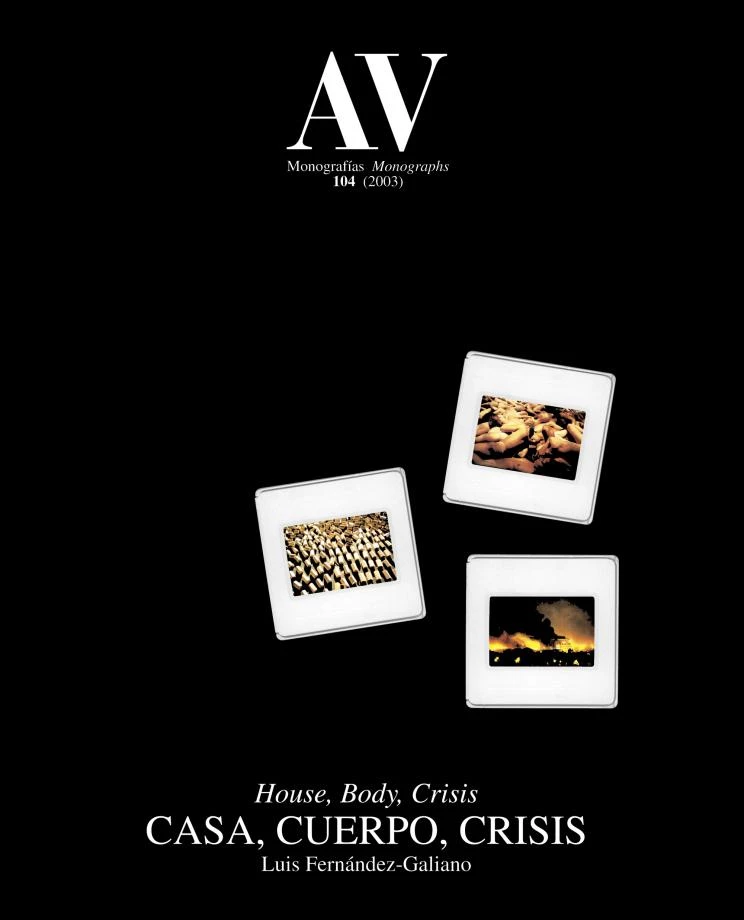
Juan Muñoz, Disappearance I, 1985
Surfing the net, the proliferation of virtual organisms may be perceived as a risk, threatening as the huge dot that emerges from the depths in the ad of Sun Microsystems. When the press embraces that immaterial environment, it leaves a trace on the blank page, resembling the strategy of the fashion firm which replaces the presentation of clothes with an item description and the brand label on the bare back of the model. Clothing fades away, or perhaps it is the body that does so, as in the set up by Juan Muñoz, and an uninhabited fabric is the only thing left. The organic is forged or simulated in digital space, and the ‘beauty without beauty’ of the silicone breasts – on a surgical or sacrificial tray like the sectioned breasts of the martyrs – extends to the infographic busts of commercial cyberdolls. Virtual models outshine real ones, and digital anatomies beat the bodies shaped in the gym. The figure flees, and the aesthetic of vanishment nurtures the eviction of the pictorial stages of Tintoretto or Velázquez. That suppression is an artistic act was not new to Rauschenberg when he erased a De Kooning drawing half a century ago; but none of this relieves the anxiety of absence and the angst of the tabula rasa...[+]






